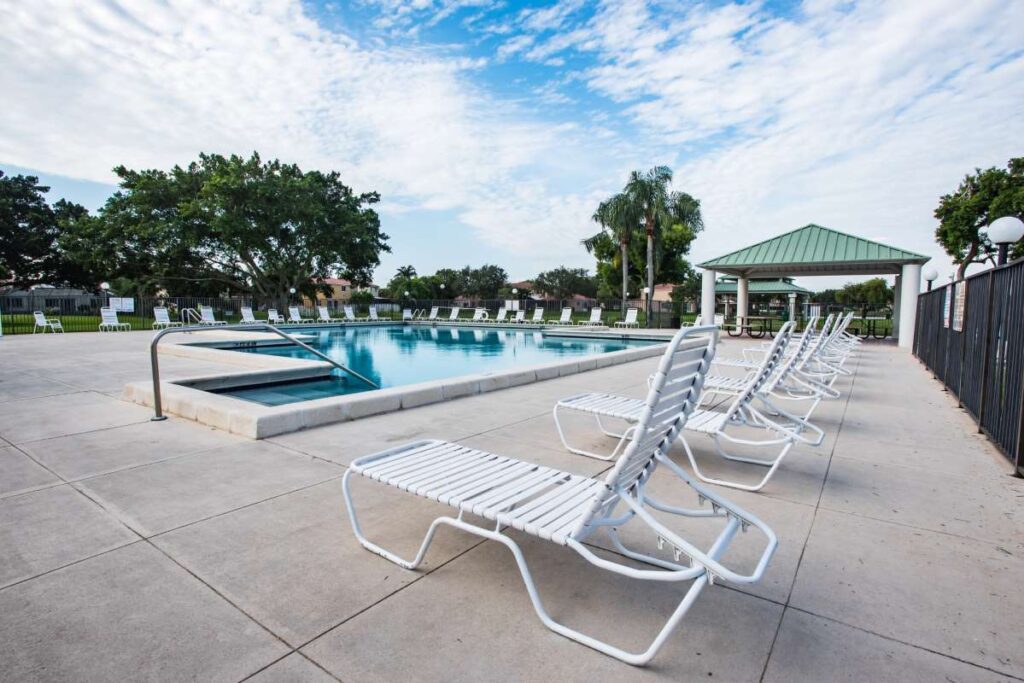To effectively navigate price changes while retaining your customer base, this guide delves into practical strategies for raising prices without losing clients.
How to Raise Prices Without Losing Customers
In today’s competitive marketplace, businesses often face the challenging task of raising prices without alienating their valued customers. Price increases are sometimes unavoidable due to rising costs, enhanced quality, or the introduction of new features. This blog will provide you with a comprehensive guide on how to implement price increases strategically. We will explore effective communication strategies, the importance of market positioning, and actionable tips to ensure customer retention through the transition.
Understanding how to raise prices without losing customers is crucial not only for maintaining profitability but also for ensuring customer loyalty. Price sensitivity varies among consumer segments, influenced by their perceptions of value and alternatives available in the market. This article will cover essential strategies, real-world examples, and best practices to help you navigate this complex process. By the end, you’ll be equipped with the knowledge to manage price increases confidently, ensuring your business continues to thrive.
Understanding Your Value Proposition
Before raising prices, it’s essential to have a solid understanding of your value proposition. Identify what makes your product or service unique and why customers choose you over competitors. This can include factors such as quality, customer service, brand reputation, or specific features that enhance user experience.
Engage in a thorough analysis of your offerings compared to competitors. Are you providing superior service or products that justify a higher price? For instance, if you run a pool maintenance service, showcasing your expertise, reliability, and exceptional customer service can reinforce your value. Highlighting testimonials from satisfied customers can further solidify this perception.
It’s important to communicate these value points effectively when announcing a price increase. Customers are more likely to accept higher prices if they understand the added value they will continue to receive. For example, if you’re raising prices due to enhanced services or improved products, make sure to announce these upgrades alongside the price change.
Effective Communication Strategies
Effective communication is key when it comes to informing customers about a price increase. Start by being transparent about the reasons behind the change. Whether it’s rising costs or improvements to your service, honesty will foster trust. Many customers appreciate transparency and are more likely to understand when they know the reasoning behind a decision.
Consider the timing of your announcement as well. Announcing a price increase during a time of high customer engagement—perhaps after a successful promotional campaign—can help mitigate resistance. You can also use this opportunity to remind customers of the benefits they receive and reinforce your commitment to quality.
For instance, if you own a pool service business, reach out via email or social media with a message that explains the valuable enhancements made to the service. You might say, “To continue providing you with the best quality service, we are adjusting our prices to reflect our commitment to excellence.” Such messaging can ease the transition and maintain customer loyalty during the price increase.
Phased Pricing Adjustments
Instead of implementing a sudden price hike, consider a phased approach to adjusting your prices. Gradual increases allow customers to acclimate to the changes, making it less likely that they’ll feel a sense of shock when they receive their next bill. For example, you might raise prices incrementally over a set period or introduce new pricing tiers that reflect the changes you plan to make.
Offering existing customers a loyalty discount or grandfathering them into the old pricing for a limited time can also help ease the transition. This strategy not only preserves loyalty but also allows you to reinforce the value of your service. If you’re selling pool routes, you might consider offering your loyal customers exclusive access to new, premium services at the current price before raising the rates.
Phased pricing adjustments can also include introducing new packages or tiers. For example, if you have been offering a basic service package, adding a premium package that includes additional services at a higher price can allow your customers to choose the level of service that best fits their needs without alienating those who may be price sensitive.
Leverage Customer Feedback
Engaging with your customers and soliciting feedback can be invaluable when planning a price increase. Understanding your customers’ perceptions of your value and their price sensitivity can help you gauge how your pricing adjustments will be received. Use surveys, focus groups, or direct conversations to gather insights on how customers view your offerings.
For example, if you provide pool maintenance services, ask your customers what they value most about your service and how they feel about pricing. This information can guide you in determining how much you can increase prices while retaining customer loyalty. If customers emphasize your reliable service and knowledge, you may find that they are more willing to accept a price increase.
Furthermore, if you receive negative feedback, consider that an opportunity to improve and address customer concerns before implementing the price change. This proactive approach not only helps maintain customer loyalty but also bolsters your business’s reputation.
Highlighting the Benefits of Service Enhancements
As you prepare to raise prices, it’s important to communicate any enhancements to your service or product. Customers are more likely to accept a price increase if they see tangible improvements that add to their experience. This could include upgraded technology, improved service delivery, or additional features that enhance satisfaction.
For instance, if you operate a pool service, showcasing how you’ve upgraded your equipment or increased the frequency of service can help justify the price increase. Share specific examples of enhancements—perhaps you’ve introduced environmentally friendly cleaning solutions or faster service times. Highlighting these benefits can reinforce the value proposition and make customers feel their investment is worthwhile.
Using visual aids such as before-and-after photos or infographics can be effective in conveying these enhancements. Consider creating a brief video or social media post that outlines the benefits of your improved services. This not only informs customers but also increases engagement, making them more receptive to the change.
Implementing a Feedback Loop Post-Price Increase
Once the price increase has been implemented, it is crucial to maintain open lines of communication with your customers. An effective feedback loop allows you to hear their thoughts on the price change and address any concerns they may have. This can be achieved through follow-up surveys or direct communication.
Monitor customer sentiment through various channels, including social media and customer service interactions. If you notice a significant number of concerns, be prepared to adapt your approach or offer additional incentives to retain customer loyalty. For instance, if your customers express dissatisfaction with the price increase, consider offering them a loyalty discount or a free service to demonstrate your commitment to their satisfaction.
Additionally, use this feedback to continually refine your offerings. If customers express that they value certain aspects of your service, ensure these are highlighted in your marketing efforts moving forward. This will help reinforce the connection between your pricing and the value customers perceive.
Creating Value-Added Offers
One effective strategy to offset the impact of a price increase is to create value-added offers that enhance the customer experience. Consider bundling services or introducing limited-time promotions that provide extra benefits for the same price. This tactic not only encourages customer retention but also mitigates any negative feelings regarding the price increase.
For example, if you are a pool service provider and you raise your prices, consider offering a complimentary service or an upgrade for a limited time. This could be an additional cleaning service, a free pool inspection, or discounts on future services. By providing additional value, customers are more likely to perceive the price increase as justified.
Moreover, creating seasonal promotions or loyalty programs can also encourage repeat business and strengthen customer relationships. Highlighting these offers in your marketing communications will ensure customers are aware of the added value they receive, making them more amenable to price changes.
Monitoring Competitor Pricing
Keeping an eye on competitor pricing is essential when planning a price increase. Understanding how your prices compare to those of your competitors can provide insight into the market’s willingness to accept higher prices. This can also help you identify your unique selling points that justify your pricing strategy.
For example, if you discover that similar pool service providers in your area are charging comparable prices for similar services, you can confidently raise your rates while emphasizing your superior service quality. However, if competitors offer significantly lower prices, you may need to consider how to differentiate your offerings further to ensure customer retention.
Monitor industry trends and competitor promotions to adapt your pricing strategies accordingly. If competitors are introducing new value propositions or marketing campaigns, be prepared to respond with your own adjustments to maintain your competitive advantage.
Conclusion
Raising prices can undoubtedly be a daunting task, but with careful planning and effective communication, it doesn’t have to result in losing customers. By understanding your value proposition, effectively communicating price changes, and providing additional value, you can successfully navigate price adjustments while maintaining customer loyalty.
Remember to engage with your customers before and after the price change, creating an open feedback loop that fosters trust. By implementing these strategies, you can ensure that your business remains profitable while continuing to meet the needs of your valued clientele. For more insights and personalized guidance on navigating your pool service business effectively, explore [Pool Routes for Sale](https://pool-routes-for-sale.com/) today and take the next step toward sustainable growth.



